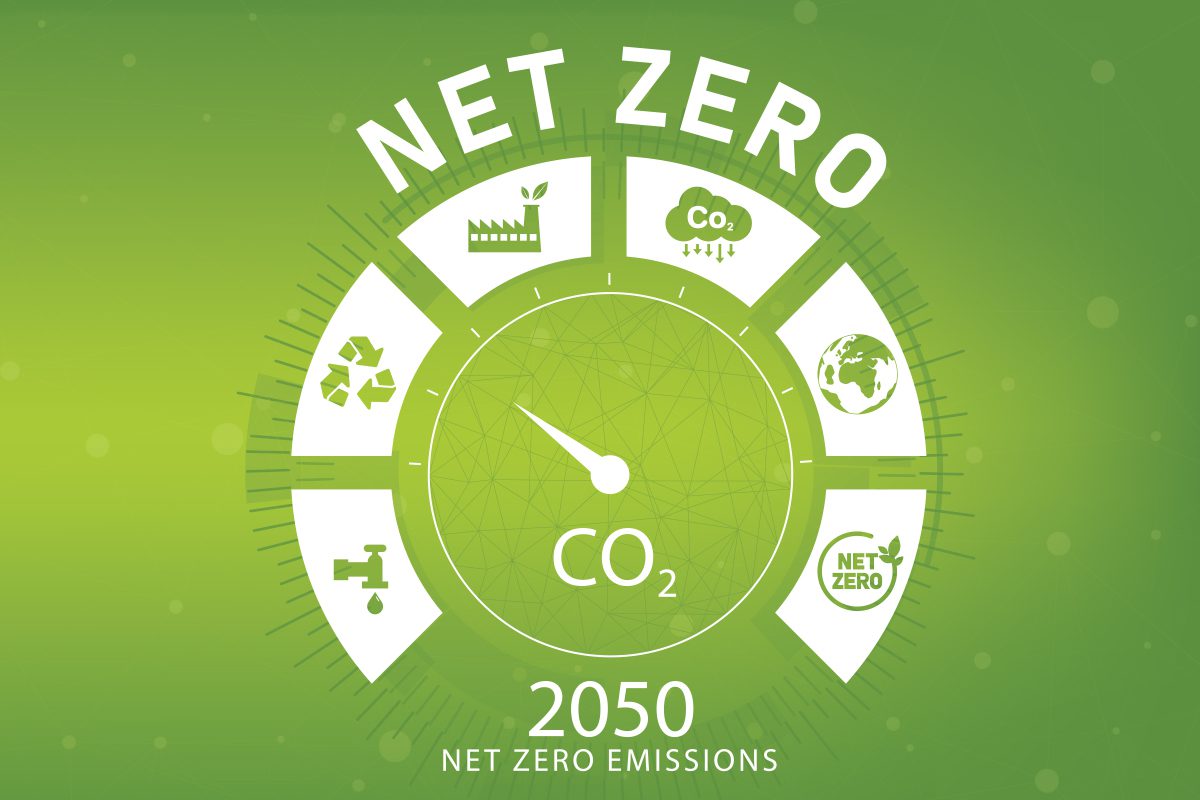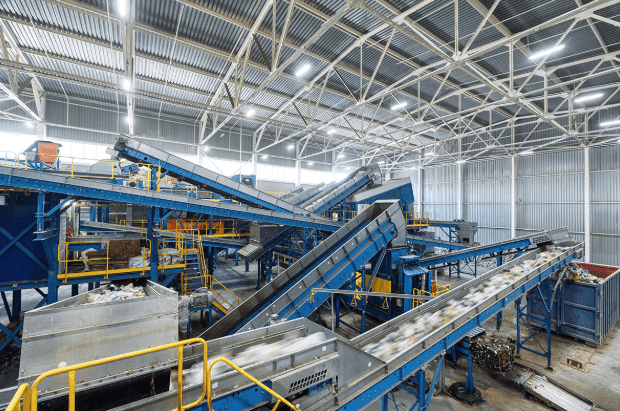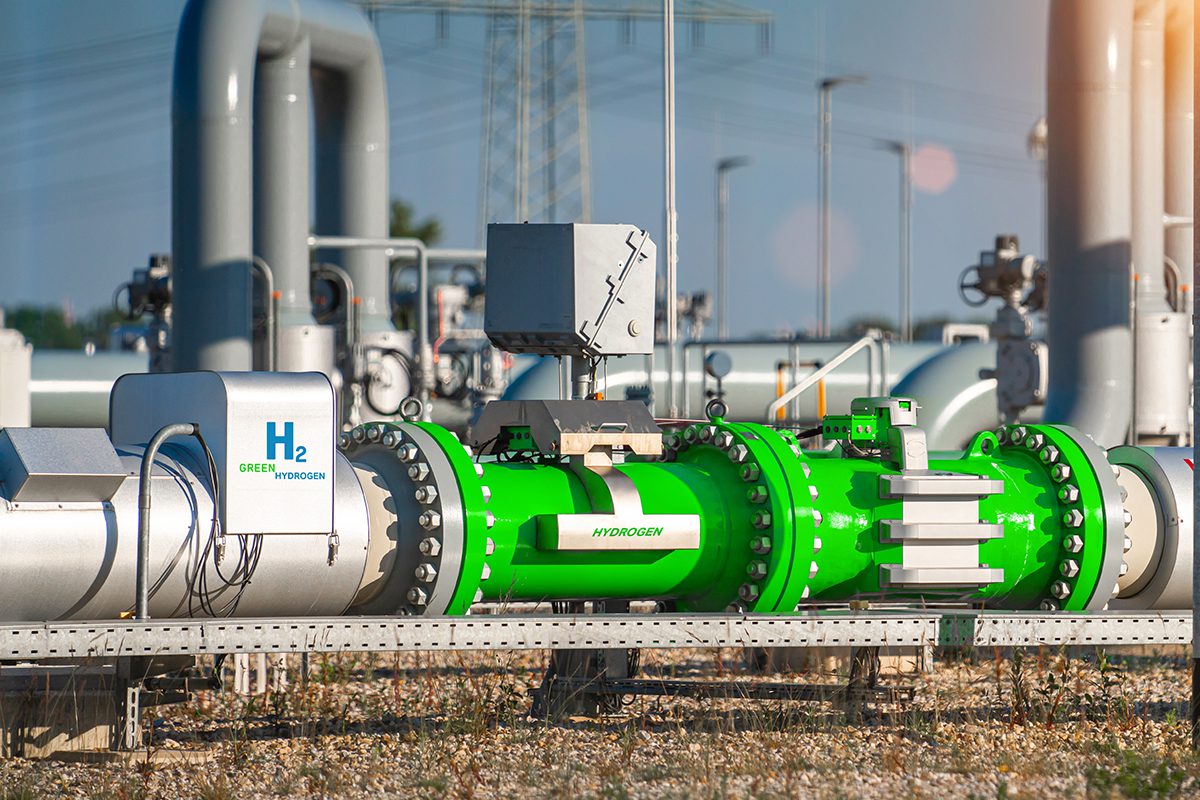Energy Transition Consulting
Achieve Net Zero by 2050 with TCGR’s Industrial Energy Transition and Decarbonization (IETD) Consortium
The Catalyst Group Resources (TCGR) established the IETD Consortium to assist companies in navigating the complexities of Net Zero by 2050. Our membership-driven, industry-focused consortium provides the tools and insights to pilot the energy transition and maintain operational and financial viability.
With a 40+ year history of energy and process technologies, TCGR is a trusted resource for professionals in the fine chemical, pharmaceutical, refining, petrochemical and catalyst industries. Whether your organization is planning energy transition strategies or decarbonization solutions, the IETD Consortium is a valuable partner.
Join TCGR’s IETD Consortium, and let us support your commitment to sustainability, profitability and a greener future.

What is Energy Transition?
The energy transition addresses the global migration from traditional fossil fuels and energy to cleaner, more sustainable alternatives. Central to this shift are the Net Zero by 2050 goals.
In particular, Net Zero focuses on mitigating climate change and reducing greenhouse gas (GHG) emissions. The end goal of Net Zero is controlling global warming to 1.5°C above pre-industrial levels, as outlined in the Paris Agreement.
Key elements of the energy transition include:
Reducing GHG Emissions: Achieving carbon emission reductions across operation processes and supply chains.
Adopting Cleaner Energy Sources: Transitioning to renewable, bio-based fuels and green hydrogen.
Integrating Sustainable Practices: Incorporating efficiency, circularity and conservation strategies in daily operations.


Challenges in the Energy Transition
Despite global pledges and commitments, achieving Net Zero remains a formidable challenge. Industries worldwide struggle to meet decarbonization goals by 2050. In addition, government, industry and process technology are not aligned to achieve practical, cost-effective sustainability objectives.
The UAE Consensus from COP 28 calls for the accelerated transition from fossil fuels to achieve Net Zero by 2050 with scientific recommendations. However, the transition proves to be complex with many technological concerns.

Roadblocks to the energy transition include:
Balancing supply and demand: Ensuring energy reliability during all transition phases
Policy gaps and misalignment: Fragment regulations and policies impede investment strategies and action.
Technology delays: Cost-effective innovations remain in development. Advanced catalysis, process engineering and materials science are critical to overcome scale-up barriers.
Investment shortfalls: Economic issues and politics constrain funding for large-scale decarbonization projects.
The International Energy Agency (IEA) forecasts that achieving 2050 decarbonization targets will require investments of approximately $20 trillion- a very conservative estimate. Increasing energy demand complicates funding allocations and strategies. By 2050, the IEA predicts global energy demand will grow by 18-25%.

Collaborative Approaches to the Energy Transition
Addressing the Energy Trilemma
Energy security: Maintaining a reliable energy supply and infrastructure while migrating to cleaner sources.
Affordability: Ensuring financial and economic feasibility of decarbonization projects for all industries and services.
Sustainability: Reducing environmental effects while supporting long-term carbon reduction goals.
Achieving this balance requires coordinated efforts and phased implementation.

Phased Decorbonization Strategies

Phasing Out Coal
Replacing coal with cleaner alternatives such as natural gas, biogas and electricity without compromising energy supplies and delivery.

Managing Resources

Prioritizing Scope 1, Scope 2 and Scope 3
Decarbonization requires controlling and capturing carbon emissions at sources and across supply chains.

Energy Transition is Industry-Specific
Upstream and Refining: Key strategies include methane abatement, oil/natural gas drilling electrification and carbon capture in process technologies like FCC and SMR.
Petrochemical: Innovations in electrification, catalysis and GHG capture are reshaping petrochemical process technologies, including olefins, syngas and ammonia production.
Power-to-X: Converting renewable electricity into blue hydrogen, green hydrogen and other fuels for cleaner energy production.
Get Involved Today
Together, we can drive the energy transition forward and shape a sustainable, profitable future aligned with global decarbonization goals.



